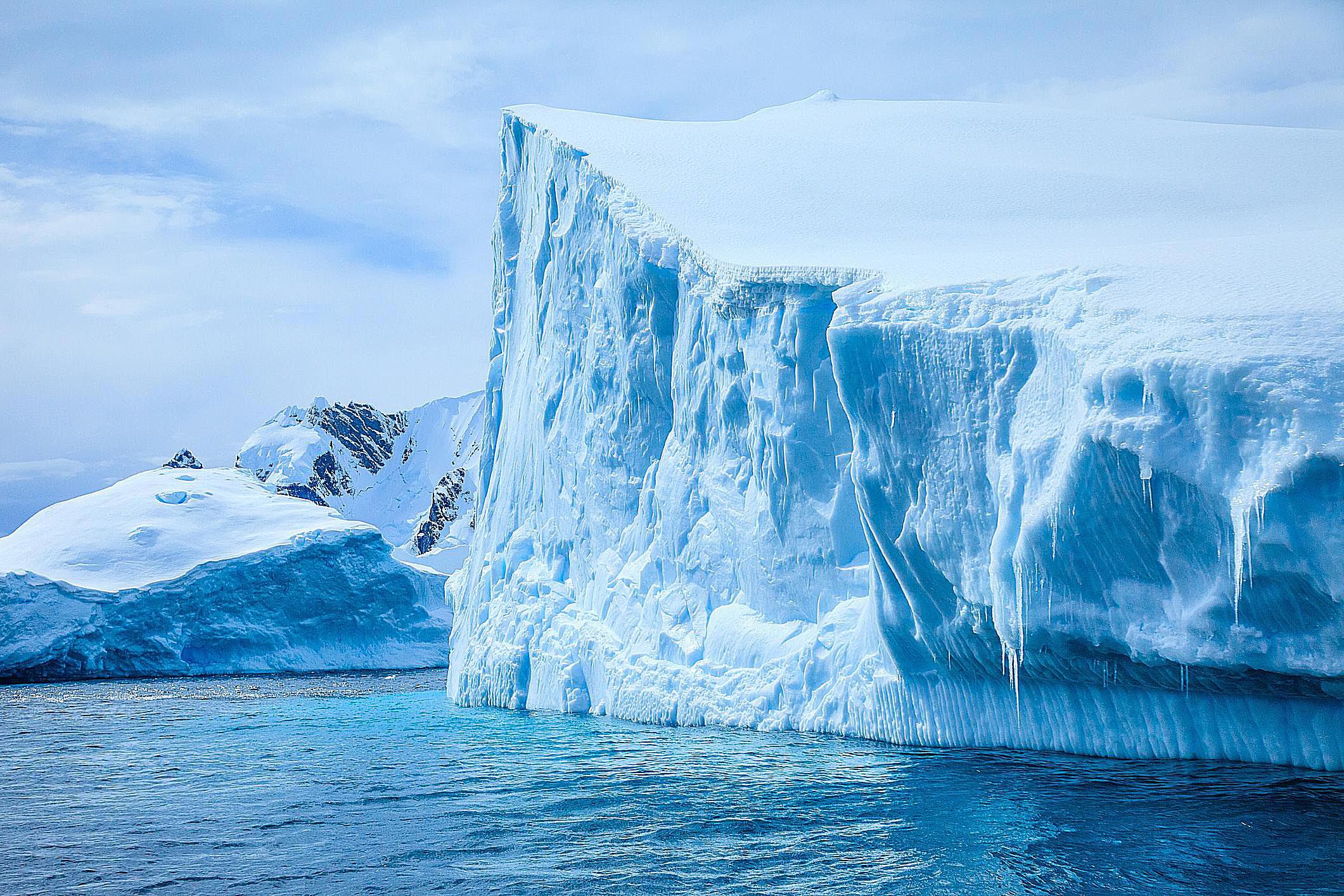
Earth’s Climate Interspersed between Ice Age & Greenhouse Age
For at least 2.5 billion years, since the beginning of the Proterozoic Eon, Earth’s climate has fluctuated between icehouse and greenhouse conditions. Over this period, five great ice ages have occurred, with durations ranging from about 30 to 215 million years. For the rest of the period—more than 70 percent of its history—Earth appears to have been in a greenhouse state: largely ice free, even at the poles.
Greenhouse Earth: Green house earth is characterized by a lack of continental ice sheets; high levels of carbon dioxide, water, and methane; and sea-surface temperatures that range from 28°C (82.4°F) in the tropics to 0°C (32°F) at the poles. The Cambrian explosion of life (~540 million years ago) occurred during a Greenhouse Earth state. Dinosaurs evolved and thrived during the Mesozoic Greenhouse Earth period (~250–66 million years ago).
Ice Age Earth: An Ice Age is a period of colder global temperatures that features recurring glacial expansion across the Earth’s surface. Capable of lasting hundreds of millions of years, these periods are interspersed with regular warmer interglacial intervals in which at least one major ice sheet is present.